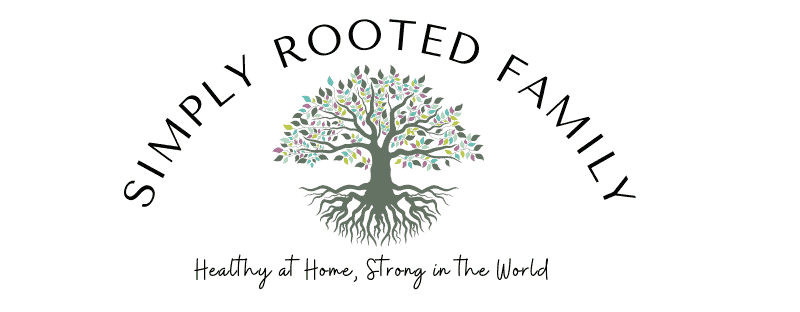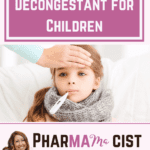As part of the Simply Well Series, we review the most frequently asked questions I receive in the pharmacy. In this edition, I answer “What is your recommendation on the best decongestant for kids?”, and everything else you want to know about treating cough and cold symptoms in kids.
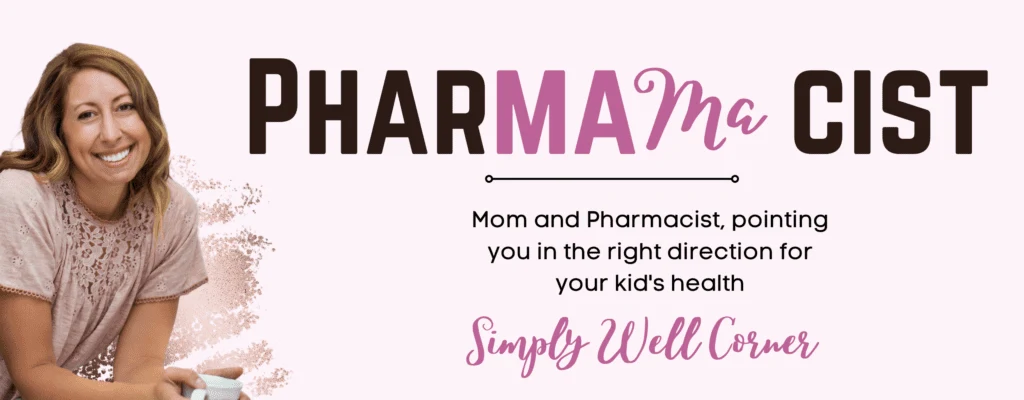
Several times a year, my family seems to play an intense game of ping-pong. However, we aren’t playing with the classic paddle and ball. We are serving our cold symptoms to each other, and then waiting as they bounce back our way.
This shouldn’t be a surprise as experts say that kids get, on average, a whopping 8 colds a year. In fact, colds account for roughly 30% of all absenteeism from school.
Nonetheless, as parents we have to understand how to combat sore throat, nasal congestion, and coughs so that our children can be comfortable as they battle these pesky, common viruses.
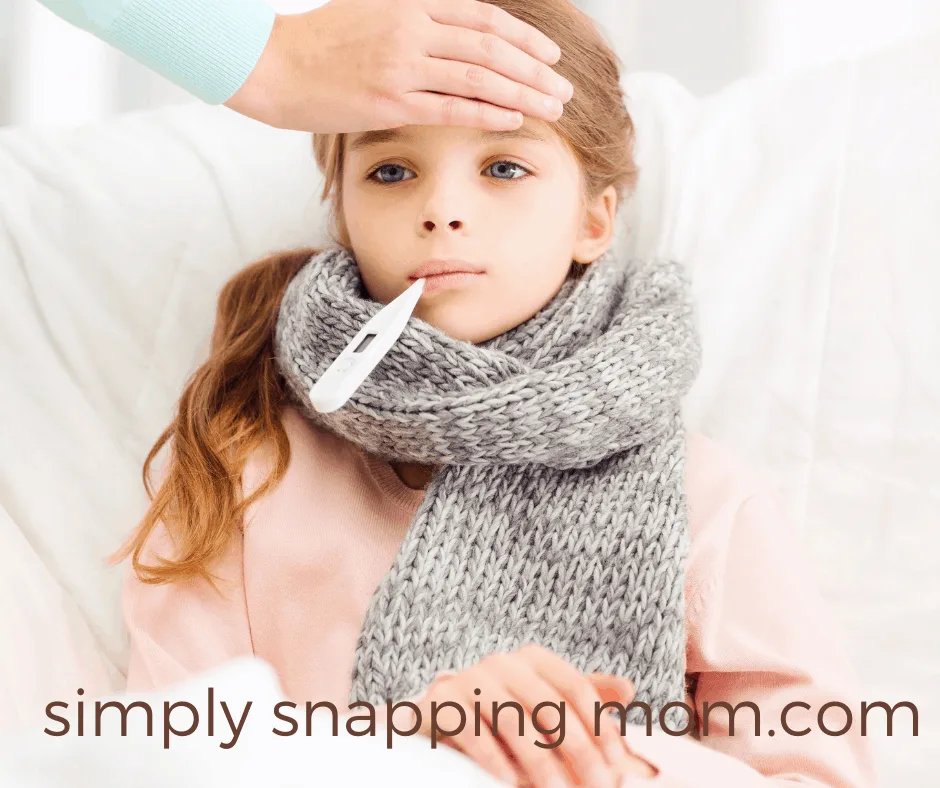
What Really is the Common Cold?
As you may have guessed, the term “cold” is actually a little vague.
Scientists say that the virus that causes cold-like symptoms in humans originated in birds and may have crossed the species barrier around 200 years ago.
At a given time, there are more than 200 cold-related viruses, continuously changing. Coronaviruses are generally associated with more severe symptoms than are rhinoviruses, but both are related to the common cold.
Common cold symptoms include:
- Runny nose that often starts clear and can later progress to a thick greener color
- Low fever (101-102 degrees Fahrenheit)
- Cough or sneezing
- Lack of appetite
- Having the ‘chills’
It is important to always touch base with your child’s pediatrician if you feel something is not right or (according to the American Academy of Pediatrics AAP) your child:
- Is 3 months older or younger
- Child’s nose or ribs suck in with each breath or the lips or nails turn blue (show signs of decreased oxygen)
- Temperature is over 102 degrees Fahrenheit
- Has ear pain
- Is very sleepy or cranky
Colds are viral infections, which means they are not treated with antibiotic medications (antibiotics treat bacterial infections).
The lack of a cure makes it even more important to understand how to ease cold and flu symptoms.
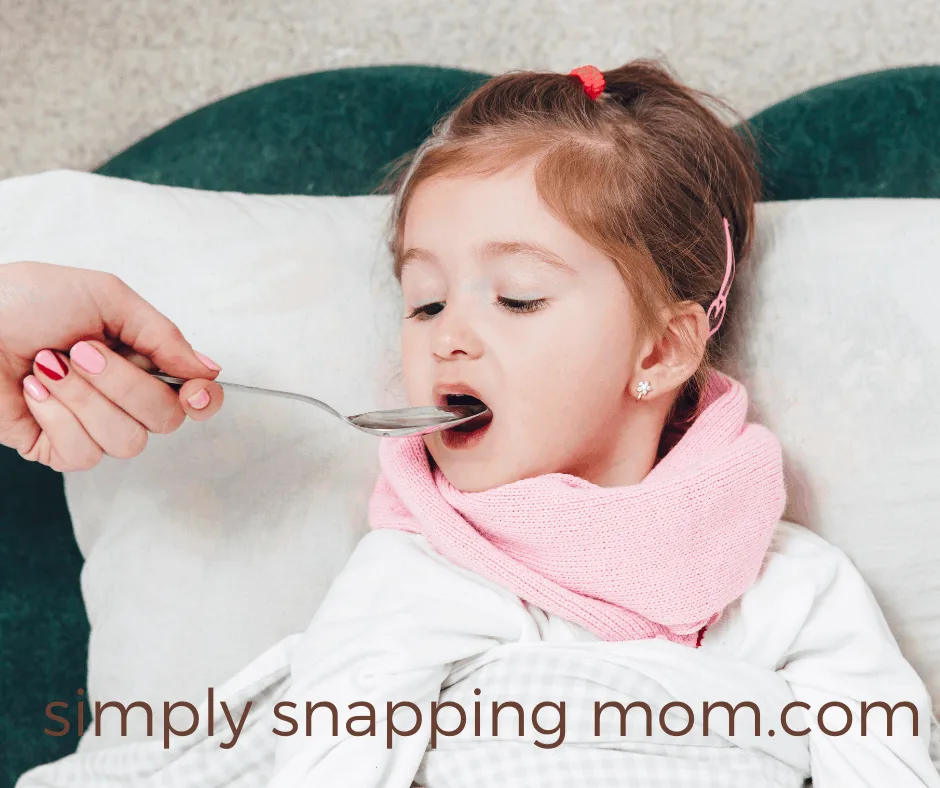
Treating the Cold Symptoms
I don’t mean to brag, but after 15 years as a pharmacist on top of 10 years as a mom, I consider my self a certified professional in the world of snots.
Commonly, parents get frustrated when they bring their children to the pediatrician and they are sent home empty-handed with the diagnosis of a cold and no antibiotic. Remember, antibiotics will not help viral infections; however, these treatments will help ease discomfort.
When understanding all the different cold products, it is undeniably helpful to understand the difference between a nasal decongestant and an antihistamine.
Some people will use these terms interchangeable, but a decongestant and an antihistamine are very different types of over the counter medicine. Selecting your cold products should depend on if your child has a runny nose or a stuffy nose.
Not feeling so hot yourself? Check out these Home remedies for a cold while pregnant.
Stuffy Nose
Decongestants work by causing blood vessels to constrict, or tighten up. This helps relieve congestion by literally squeezing the snot out of the nose. Decongestants work for blocked or stuffy noses, not runny noses. Take caution because this effect can also lead to serious side effects such as high blood pressure and rapid heart rate.
The best decongestant for kids is pseudoephedrine (brand name Sudafed). I recommend getting the regular release (not extended release, every 12 hours) version.
Decongestant dosing depends on your child’s age:
- Older children: Children 6 to 12 years of age —30 mg every four to six hours. (not to exceed 120 mg in 24 hours)
- Children 4 to 6 years of age —15 mg every four to six hours. (not to exceed 60 mg in 24 hours)
- Young Children: Infants up to 4 years of age—Use is not recommended
Runny nose
Antihistamines block histamine – a chemical in the body that is released when the immune system senses an ‘invader’ or during allergic reactions. When histamine is released, capillaries (or tiny blood vessels) open up and flood the nasal passages. Antihistamines stop the “flood”, therefore they work for runny noses.
There are several different types of antihistamines, some cause little to no drowsiness and are recommended for children 2 and up. These include loratadine, cetirizine, and fexofenadine. Benadryl can typically be used in small children over the age of two (but only under the recommendation of a physician until the child is 6 years old). Click here for a Benadryl Dosing Chart for Kids.

Cough medicines
There are two different types of over the counter cough medicines. Both are recommended for children 6 years old and over.
A cough suppressant works by blocking your cough reflex. I recommend the product Delsym (active ingredient dextromethorphan) to my pharmacy patients. This is a great product for an itchy, naggy cough.
The other type of cough medicine in an expectorant. An expectorant increases the water content of the mucus, thinning it out, and making your cough more productive. Mucinex is an example of a common expectorant. This cough product helps break up deep chest congestion so that you can cough it up.
Other Wellness Topics: Curious about how to treat constipation in kids?
Pain and Fever
For all ages, acetaminophen (brand name Tylenol) and ibuprofen (brand name Ibuprofen or Advil) can used as a fever or pain reliever. Check with your pharmacist or physician if you are unsure what does to give for fever or pain relief.
Click here to learn how to safely dose ibuprofen and tylenol in infants and children.
At-Home Cold Remedies
There are many other ways to treat cough and cold symptoms as home. These options can be used with or without the medications listed above. Home remedies are especially helpful children who are too young for OTC cough and cold medications.
Humidifier
Set up a humidifier in your child’s room at night. I recommend a cool-mist humidifier. They are often more effective than a warm- mist humidifier, and they are a lot safer (due to the heat). We use the following humidifier in my child’s room. It is quiet and it has an automatic shut-off option.
Saline spray and saline drops
Saline products are a must-have when treating colds. They contain a harmless, drug-free solution that can clean out the child’s nose. It can help loosen up mucus and clear the nasal passages.
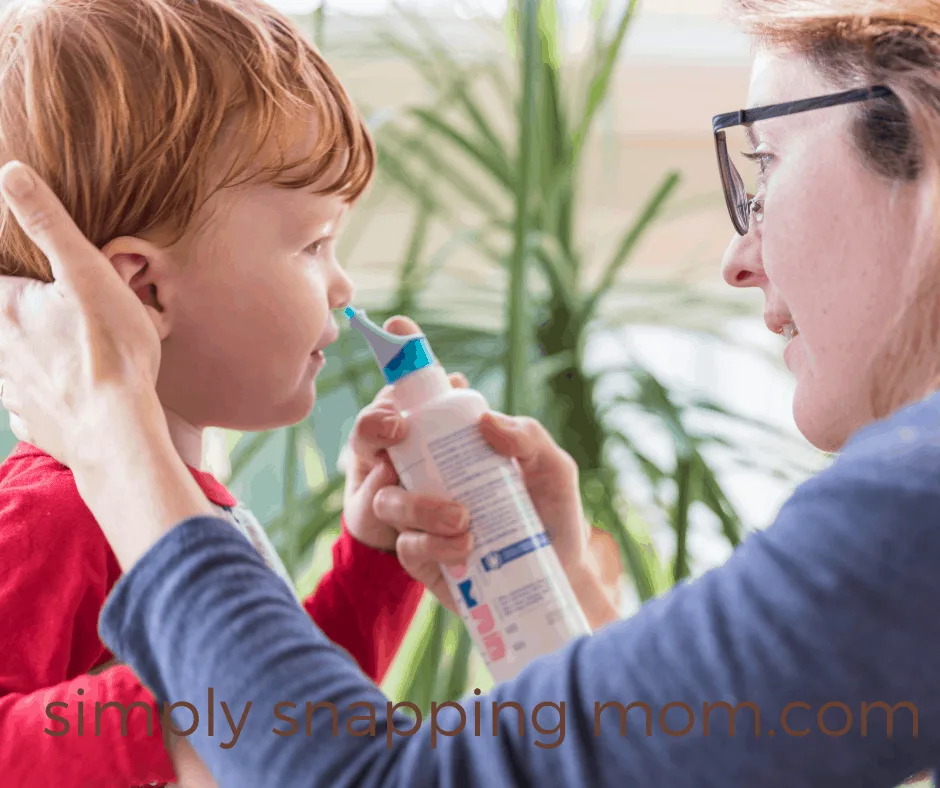
Bulb syringe and Nose Frida
These simple devices can help physically draw out mucus directly from your child’s nose , and they can be used in any age.
The NoseFrida
Depending on your child’s age and preference, they can try to suck on throat lozenges or use vicks vapor rub if need.
Interestingly, studies have suggested that honey is actually more effective that store bought cough medicine in treating coughs. Children over 1 year old can have 2 to 5 ml of honey to help with coughing.
Final Thoughts on Cold Medicine for Kids
If your child’s symptoms lasts longer than a week, a fever persists or worsens, or your child complains of throat or ear pain, have them evaluated by a pediatrician right away. Even a common cold could turn into an ear or sinus infection, bronchitis, or pneumonia.
When your child has a cold, it can be very frustrating. You may feel helpless, but these remedies and medications can help you ease your child’s symptoms and help them get back on their feet in no time.
Subscribe to join our community for more positive parenting tips for raising mentally healthy kids, such as how to teach kids about mindfulness.
